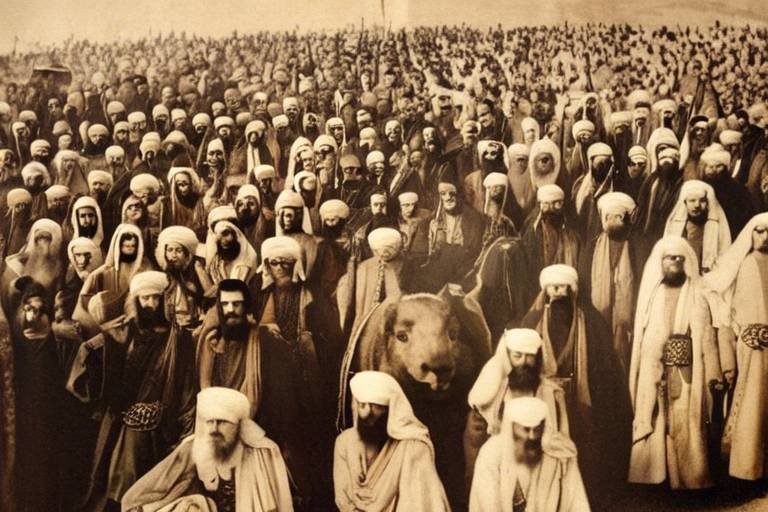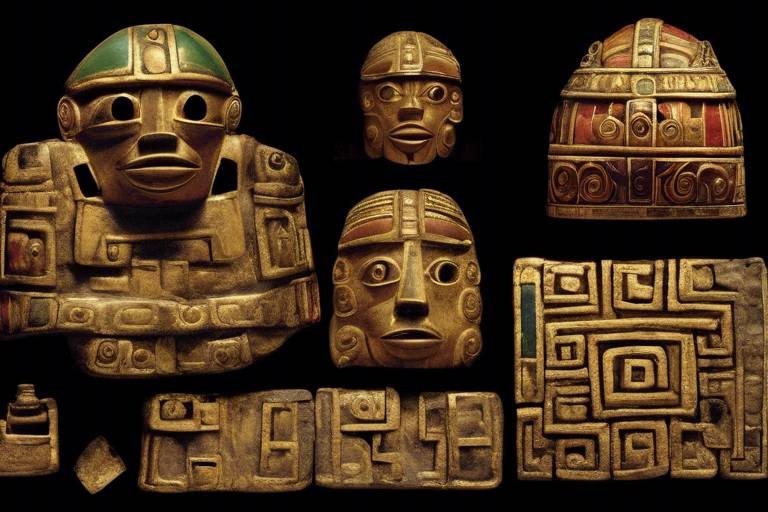The Forgotten Civilizations of the Pacific Islands
Imagine standing on a remote Pacific Island, surrounded by lush greenery and the whispers of the ocean breeze. Beneath your feet lie the remnants of ancient civilizations, once vibrant and thriving, now forgotten by many. These Pacific Islands hold secrets of the past, tales of remarkable achievements, rich traditions, and the enduring impact of colonization.
As we delve into the history of these forgotten civilizations, we uncover a world where the Polynesian Wayfinders reigned supreme. These skilled navigators used the stars as their compass, the currents as their guide, and the wildlife as their companions to traverse vast ocean distances. Their ability to establish connections between islands, defying the seemingly endless expanse of the Pacific, is a testament to human ingenuity and determination.
One cannot speak of the Pacific Islands without mentioning the mysterious Moai of Easter Island. These enigmatic stone statues, known as Moai, stand stoic and silent, guarding the secrets of their cultural significance and the mysteries of their construction techniques. Theories abound about the purpose behind their existence, adding an air of intrigue to the already captivating landscape of Easter Island.
Turning our gaze towards the Micronesian Seafarers, we witness a people who mastered the art of navigation. Building sophisticated outrigger canoes and utilizing celestial navigation techniques, the Micronesian people traversed the vast Pacific Ocean with skill and precision. Their seafaring prowess is a testament to their deep connection with the ocean and the lands they called home.
Amidst the waves of Micronesia lies the Lost City of Nan Madol, a marvel of engineering built on artificial islets. This ancient city whispers myths and legends of its creation, shrouding itself in mystery and intrigue. Exploring the ruins of Nan Madol offers a glimpse into a world long forgotten, where legends intertwine with reality.
Across the waters, the Melanesian cultures showcase a vibrant tapestry of art and rituals. From intricate wood carvings to elaborate body adornments, the Melanesian people express their spiritual beliefs through ceremonial practices that have stood the test of time. Each art form tells a story, preserving the essence of their cultural heritage.
Uncovering the Ha'amonga Trilithon in Tonga reveals a mysterious megalithic structure that hints at ancient ceremonial practices or navigational markers. This enigmatic site offers a window into Tonga's past, inviting us to ponder the significance of such monumental structures in the context of forgotten civilizations.
As we journey to Hawaii, we encounter the sacred sites known as heiaus, where ancient rituals and ceremonies once echoed through the islands. These spiritual practices provide a glimpse into the beliefs and traditions of the Hawaiian people, offering a deeper understanding of their connection to the land and the spirits that dwell within.
Lastly, the Marquesan Tattoos and Legends beckon us to explore the intricate artistry of tattooing as a form of cultural expression and storytelling. Each design carries with it myths, legends, and ancestral connections, weaving a narrative that transcends time and space. The Marquesan people's tattoos are more than ink on skin; they are living symbols of a vibrant culture.
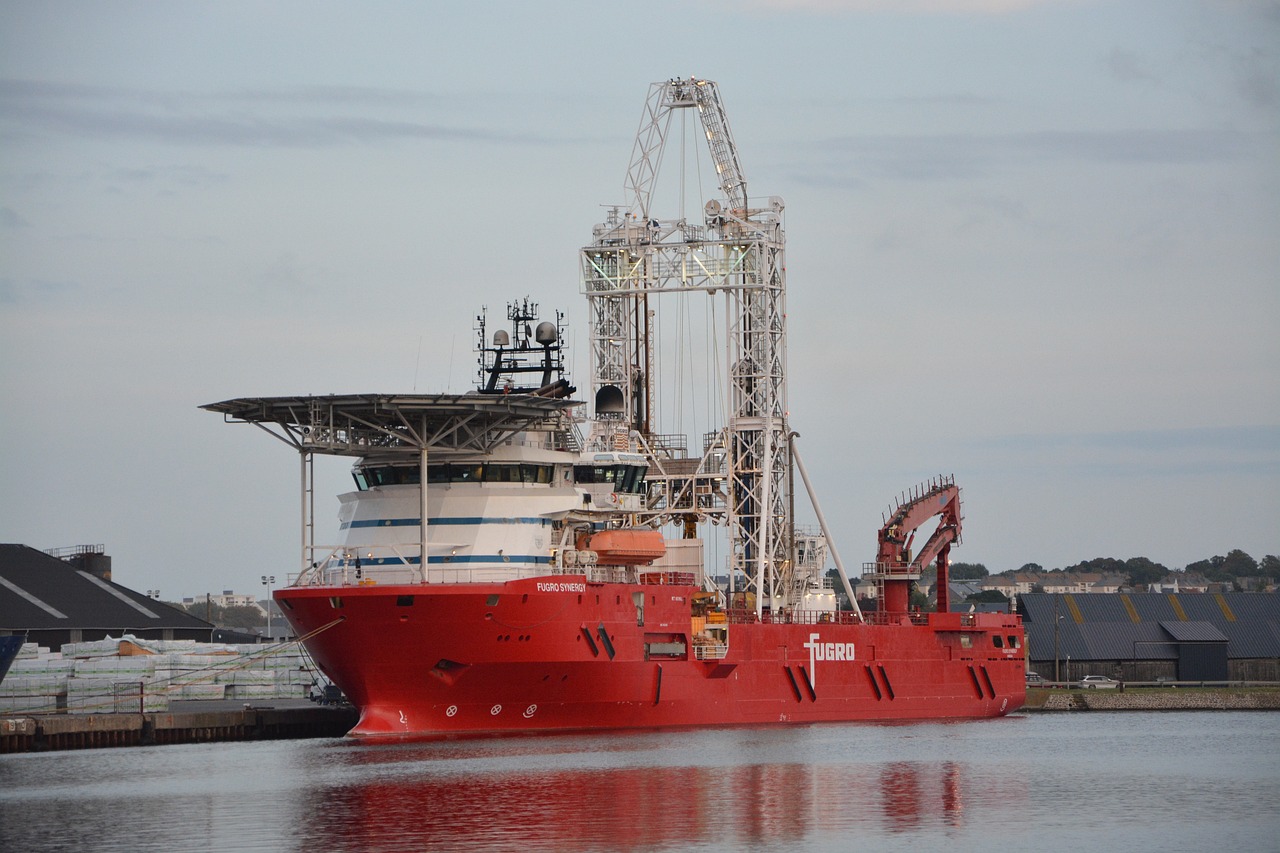
Polynesian Wayfinders
Exploring the rich history and culture of ancient civilizations that once thrived on the Pacific Islands, shedding light on their achievements, traditions, and the impact of colonization.
Delving into the remarkable navigation skills of the Polynesians, who used stars, currents, and wildlife to traverse vast ocean distances and establish connections between islands.
The Polynesian wayfinders were master navigators who sailed the vast Pacific Ocean using only the natural elements as their guide. Imagine being on a small boat surrounded by endless water, relying on the stars above and the patterns of ocean currents to reach your destination. It was a true testament to human ingenuity and connection with nature.
These skilled navigators not only reached their intended destinations but also established intricate networks between islands, creating a web of cultural exchange and trade. Their ability to read the signs of the sea and sky allowed them to explore and settle on some of the most remote islands in the Pacific.
Through generations of knowledge passed down orally, the Polynesians developed sophisticated techniques for wayfinding, honing their skills to perfection. Their navigation prowess was not just about reaching a point on the map but understanding the interconnectedness of the ocean, the stars, and the land.
Picture a Polynesian wayfinder standing on the deck of a canoe, confidently steering towards a distant island guided by the constellations above. Their journey was not just a physical one but a spiritual and cultural experience, weaving together the past, present, and future.
The legacy of the Polynesian wayfinders lives on in the stories of their epic voyages, the traditions they passed down, and the enduring spirit of exploration that continues to inspire us today.
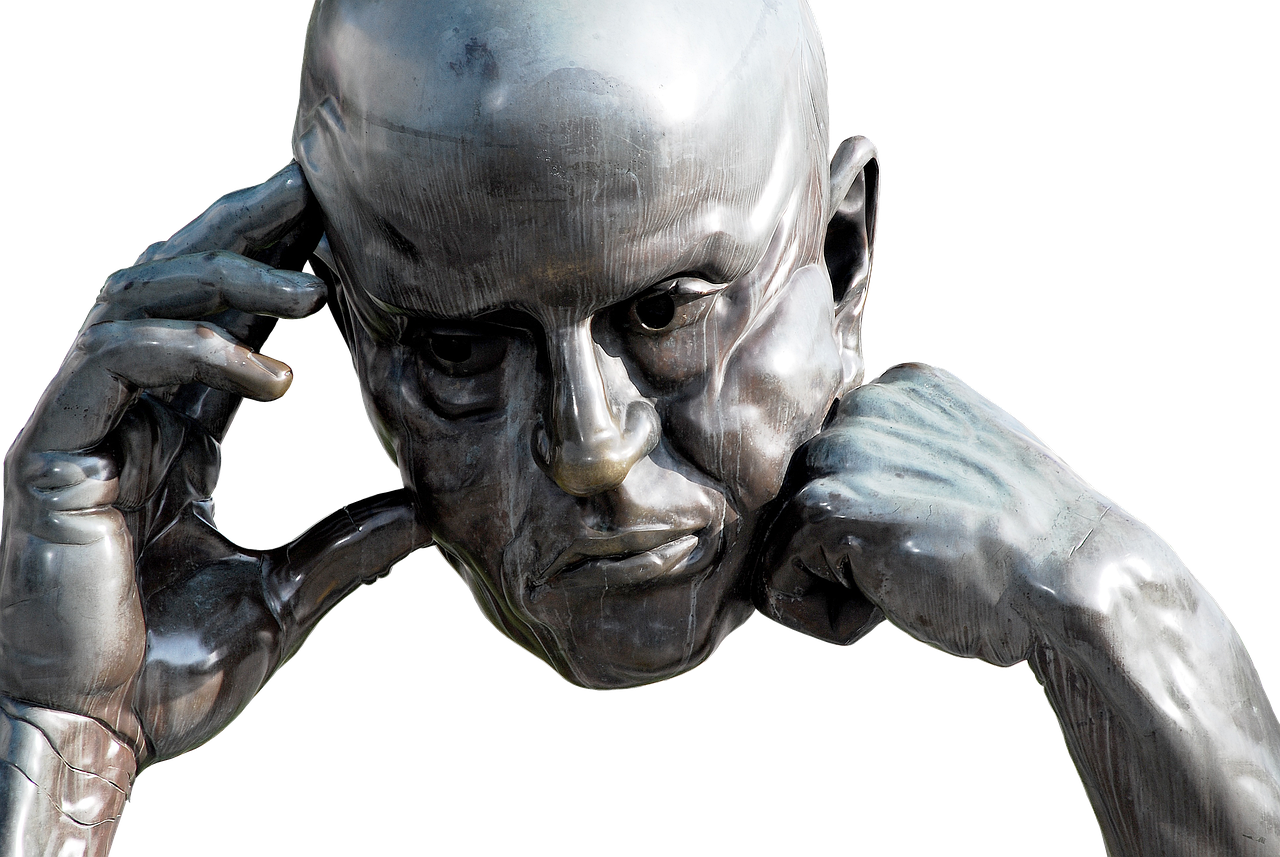
Mysterious Moai of Easter Island
The enigmatic stone statues of Easter Island, known as Moai, have captured the fascination of people around the world for centuries. These monolithic figures, carved from volcanic tuff, stand tall and solemn, gazing out over the island with an air of mystery and intrigue. Scholars and archaeologists have long debated the purpose and significance of these statues, with various theories attempting to unravel their secrets.
One of the most enduring mysteries surrounding the Moai is how the ancient Rapa Nui people managed to transport these massive statues across the island. Some of the Moai are over 30 feet tall and weigh as much as 80 tons, leading to speculation about the techniques and tools used in their construction and movement. Theories range from the use of logs and ropes to a more spiritual explanation involving the statues "walking" to their final positions.
Another aspect that adds to the mystique of the Moai is their distinctive features and individualized designs. Each statue is believed to represent a deceased ancestor, with unique facial characteristics and stylized features. The intricate carvings and details on the statues hint at a sophisticated artistic tradition and cultural significance that is still being deciphered by researchers.
Moreover, the placement of the Moai around the island is not random but follows a deliberate pattern, often facing inland rather than towards the sea. This orientation has sparked theories about the statues serving as guardians or markers for important ceremonial sites or ancestral lands. The spiritual and ritualistic aspects of the Moai's placement add layers of complexity to their interpretation.
Despite the many studies and excavations conducted on Easter Island, the true purpose and meaning behind the Moai continue to elude complete understanding. The enigma of these silent stone sentinels remains a testament to the ingenuity and creativity of the ancient Rapa Nui civilization, inviting visitors and researchers alike to ponder the mysteries of Easter Island's past.

Micronesian Seafarers
Exploring the rich history and culture of ancient civilizations that once thrived on the Pacific Islands, shedding light on their achievements, traditions, and the impact of colonization.
Delving into the remarkable navigation skills of the Polynesians, who used stars, currents, and wildlife to traverse vast ocean distances and establish connections between islands.
Unraveling the enigmatic stone statues of Easter Island, known as Moai, and investigating the cultural significance, construction techniques, and the theories behind their existence.
Examining the seafaring prowess of the Micronesian people, who built sophisticated outrigger canoes and navigated the vast Pacific Ocean using celestial navigation techniques.
Discovering the ancient city of Nan Madol in Micronesia, a marvel of engineering built on a series of artificial islets, and exploring the myths and legends surrounding its creation.
Appreciating the diverse art forms and intricate rituals of the Melanesian cultures, including wood carvings, body adornments, and ceremonial practices that reflect their spiritual beliefs.
Uncovering the Ha'amonga Trilithon in Tonga, a mysterious megalithic structure believed to have been an ancient ceremonial site or navigational marker, offering insight into the island's past.
Examining the sacred sites known as heiaus in Hawaii, where ancient Hawaiians conducted religious ceremonies, rituals, and sacrifices, providing a glimpse into their spiritual practices and beliefs.
Exploring the intricate tattoo artistry of the Marquesan people, which served as a form of cultural expression and storytelling, preserving myths, legends, and ancestral connections.
The Micronesian seafarers were masters of the Pacific Ocean, navigating its vast expanse with skill and precision. Using outrigger canoes, they ventured far and wide, connecting distant islands through their exceptional seafaring abilities. These seafarers honed their navigation techniques through generations, passing down knowledge of celestial bodies and ocean currents to traverse the open waters.
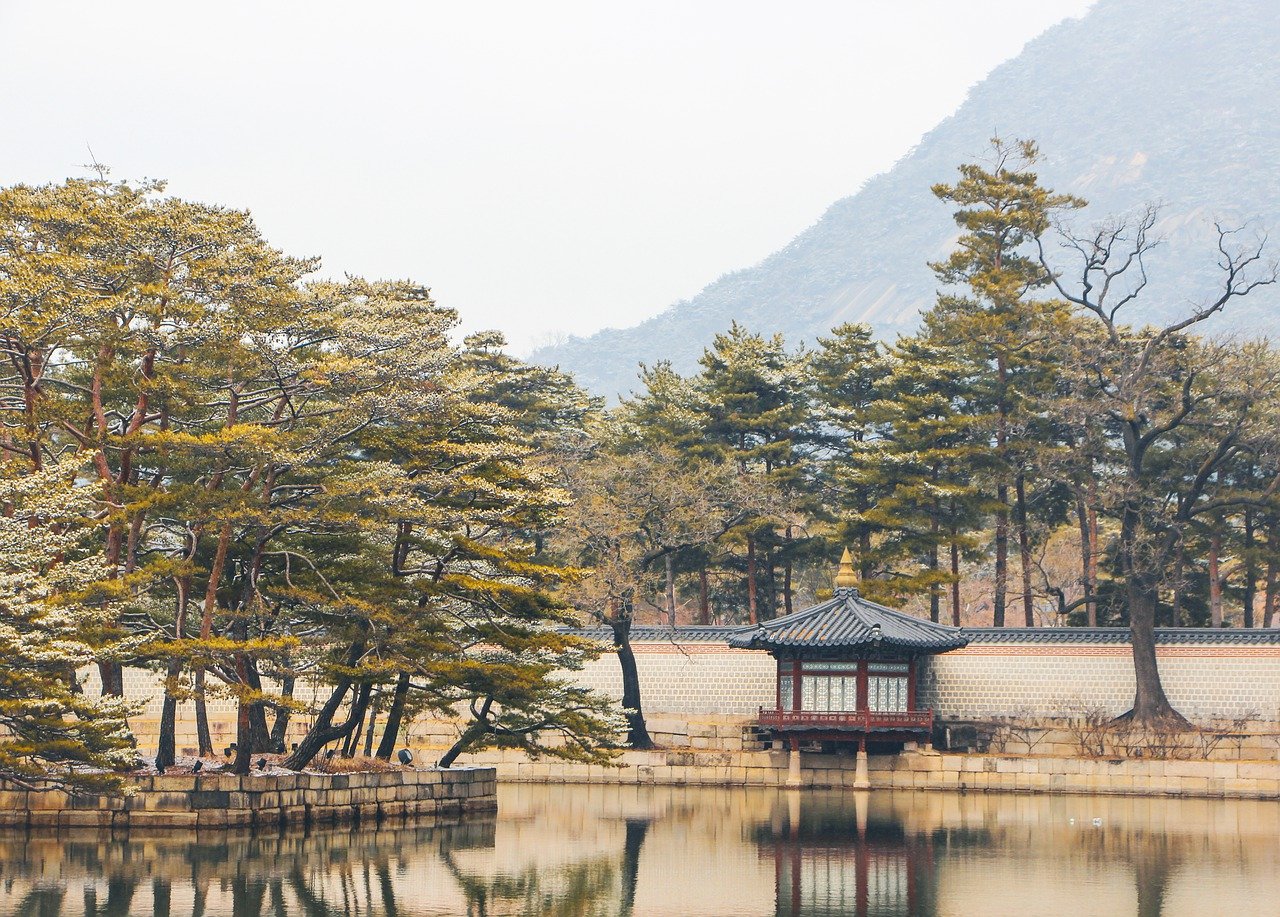
Lost City of Nan Madol
Exploring the rich history and culture of ancient civilizations that once thrived on the Pacific Islands, shedding light on their achievements, traditions, and the impact of colonization.
Deep in the heart of Micronesia lies the mysterious Lost City of Nan Madol, a unique architectural wonder shrouded in myths and legends. Built on a series of artificial islets, this ancient city is often referred to as the Venice of the Pacific due to its intricate network of canals and stone structures.
The construction of Nan Madol is a testament to the ingenuity of its creators, who managed to move massive basalt columns weighing up to 50 tons each to build the city. The precise positioning of these stones without the use of mortar is a marvel that continues to baffle archaeologists and historians alike.
Legends surrounding Nan Madol speak of it being the seat of a powerful dynasty, ruled by sorcerers who possessed mystical abilities to manipulate the elements. The city's purpose remains a subject of debate, with theories ranging from it being a ceremonial center to a royal residence or a hub of spiritual and political power.
The enigmatic aura of Nan Madol draws inquisitive minds from around the world, seeking to unravel the secrets hidden within its stone walls and canals. Exploring the ruins of this ancient city offers a glimpse into a bygone era, where myths intertwine with reality, creating a tapestry of intrigue and wonder.

Melanesian Art and Rituals
Melanesia, a region rich in cultural diversity and artistic expression, is home to a myriad of captivating art forms and intricate rituals that offer a window into the spiritual beliefs and traditions of its people. The Melanesian cultures, encompassing countries such as Papua New Guinea, Fiji, and Vanuatu, are renowned for their unique artistic traditions, including elaborate wood carvings, vibrant body adornments, and ceremonial practices steeped in symbolism and meaning.
Wood carving holds a special place in Melanesian art, with skilled artisans creating intricate sculptures that depict ancestral spirits, mythological figures, and everyday life. These carvings serve as a form of storytelling, preserving cultural narratives and passing down knowledge from generation to generation. The use of traditional motifs and symbols in wood carvings reflects the deep connection Melanesians have to their heritage and spiritual beliefs.
Body adornments play a significant role in Melanesian rituals, with elaborate tattoos, piercings, and body paint serving as expressions of identity, status, and cultural belonging. These adornments are often used in ceremonial contexts, such as initiations, weddings, and funerals, where they symbolize rites of passage, social hierarchy, and spiritual protection. The intricate designs and patterns found in Melanesian body art are a testament to the skill and artistry of the region's craftsmen.
Ceremonial practices form an integral part of Melanesian culture, with rituals ranging from elaborate dances and music performances to spiritual ceremonies and feasts. These rituals are performed to honor ancestors, appease spirits, and celebrate important milestones in the community. Through these ceremonies, Melanesians reaffirm their connections to the land, the sea, and the spiritual realm, fostering a sense of unity and belonging among the people.
The art and rituals of Melanesia are not merely decorative or performative but are deeply intertwined with the spiritual beliefs and cultural values of the region. They serve as a means of preserving traditions, fostering community cohesion, and transmitting knowledge across generations. By delving into the rich artistic heritage and ritual practices of Melanesia, we gain a deeper appreciation for the complexity and beauty of these vibrant cultures.
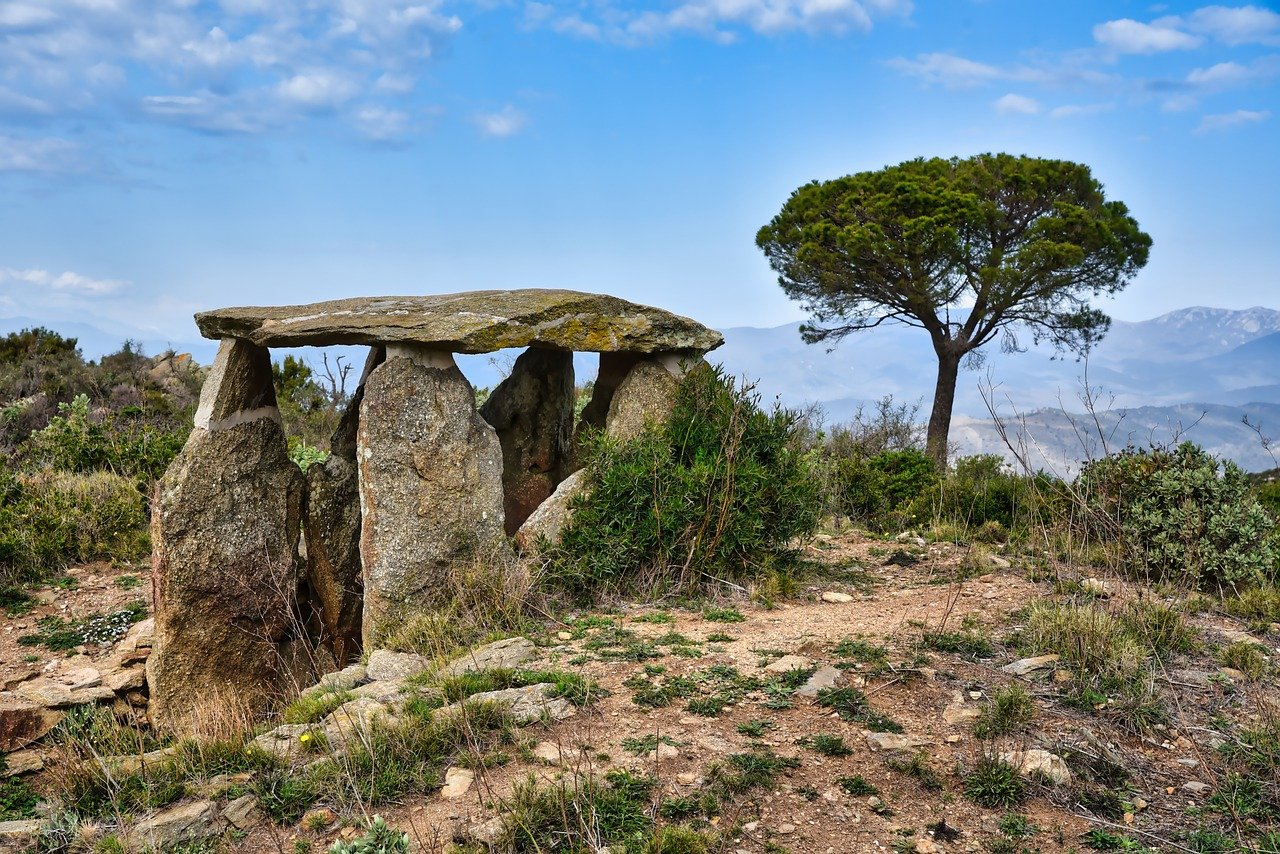
Tonga's Ha'amonga Trilithon
Exploring the rich history and culture of ancient civilizations that once thrived on the Pacific Islands, shedding light on their achievements, traditions, and the impact of colonization.
Delving into the remarkable navigation skills of the Polynesians, who used stars, currents, and wildlife to traverse vast ocean distances and establish connections between islands.
Unraveling the enigmatic stone statues of Easter Island, known as Moai, and investigating the cultural significance, construction techniques, and the theories behind their existence.
Examining the seafaring prowess of the Micronesian people, who built sophisticated outrigger canoes and navigated the vast Pacific Ocean using celestial navigation techniques.
Discovering the ancient city of Nan Madol in Micronesia, a marvel of engineering built on a series of artificial islets, and exploring the myths and legends surrounding its creation.
Appreciating the diverse art forms and intricate rituals of the Melanesian cultures, including wood carvings, body adornments, and ceremonial practices that reflect their spiritual beliefs.
Uncovering the Ha'amonga Trilithon in Tonga, a mysterious megalithic structure believed to have been an ancient ceremonial site or navigational marker, offering insight into the island's past.
Examining the sacred sites known as heiaus in Hawaii, where ancient Hawaiians conducted religious ceremonies, rituals, and sacrifices, providing a glimpse into their spiritual practices and beliefs.
Exploring the intricate tattoo artistry of the Marquesan people, which served as a form of cultural expression and storytelling, preserving myths, legends, and ancestral connections.

Hawaiian Heiaus
Exploring the rich history and culture of ancient civilizations that once thrived on the Pacific Islands, shedding light on their achievements, traditions, and the impact of colonization.
Delving into the remarkable navigation skills of the Polynesians, who used stars, currents, and wildlife to traverse vast ocean distances and establish connections between islands.
Unraveling the enigmatic stone statues of Easter Island, known as Moai, and investigating the cultural significance, construction techniques, and the theories behind their existence.
Examining the seafaring prowess of the Micronesian people, who built sophisticated outrigger canoes and navigated the vast Pacific Ocean using celestial navigation techniques.
Discovering the ancient city of Nan Madol in Micronesia, a marvel of engineering built on a series of artificial islets, and exploring the myths and legends surrounding its creation.
Appreciating the diverse art forms and intricate rituals of the Melanesian cultures, including wood carvings, body adornments, and ceremonial practices that reflect their spiritual beliefs.
Uncovering the Ha'amonga Trilithon in Tonga, a mysterious megalithic structure believed to have been an ancient ceremonial site or navigational marker, offering insight into the island's past.
Examining the sacred sites known as heiaus in Hawaii, where ancient Hawaiians conducted religious ceremonies, rituals, and sacrifices, providing a glimpse into their spiritual practices and beliefs.
Exploring the intricate tattoo artistry of the Marquesan people, which served as a form of cultural expression and storytelling, preserving myths, legends, and ancestral connections.

Marquesan Tattoos and Legends
The Marquesan people have a deep-rooted tradition of tattooing, with intricate designs that hold significant cultural and spiritual meanings. These tattoos are not merely decorative but serve as a form of storytelling, preserving myths, legends, and ancestral connections. Each symbol etched into the skin carries a narrative, representing a chapter in the wearer's life or lineage. The artistry behind Marquesan tattoos is a testament to the skill and creativity of the tattoo artists, who use traditional tools to create elaborate patterns that reflect the rich history and beliefs of the Marquesan culture.
Legends play a vital role in Marquesan society, shaping their beliefs and practices. Stories passed down through generations recount the exploits of mythical beings, gods, and heroes, providing a cultural foundation for the community. These legends are often intertwined with the symbolism found in Marquesan tattoos, creating a visual narrative that links the past with the present. Through tattooing and storytelling, the Marquesan people preserve their heritage and honor their ancestors, ensuring that their traditions endure for future generations to appreciate and learn from.
Frequently Asked Questions
- What were the main navigational methods used by the Polynesians?
The Polynesians utilized stars, currents, and wildlife to navigate the vast ocean distances between islands, showcasing their remarkable wayfinding skills.
- What is the significance of the Moai statues on Easter Island?
The Moai statues on Easter Island are believed to represent deceased ancestors and served as symbols of authority and power within the island's society.
- How did the Micronesian seafarers navigate the Pacific Ocean?
The Micronesian seafarers employed celestial navigation techniques and built sophisticated outrigger canoes to traverse the expansive waters of the Pacific Ocean.
- What is the mythological background of the ancient city of Nan Madol?
Nan Madol in Micronesia is surrounded by myths and legends, with stories of it being built by magic and inhabited by powerful sorcerers, adding to its mysterious allure.
- What types of art forms and rituals are prominent in Melanesian cultures?
Melanesian cultures are known for their intricate wood carvings, body adornments, and ceremonial practices that reflect their deep spiritual beliefs and traditions.
- What is the Ha'amonga Trilithon in Tonga believed to have been used for?
The Ha'amonga Trilithon is thought to have served as an ancient ceremonial site or navigational marker, offering insights into the historical practices of the Tongan people.
- What were the Hawaiian heiaus used for?
Heiaus in Hawaii were sacred sites where ancient Hawaiians conducted religious ceremonies, rituals, and sacrifices as part of their spiritual practices and beliefs.
- How did Marquesan tattoos preserve myths and legends?
Marquesan tattoos were intricately designed to tell stories of myths, legends, and ancestral connections, serving as a form of cultural expression and storytelling within the Marquesan culture.



